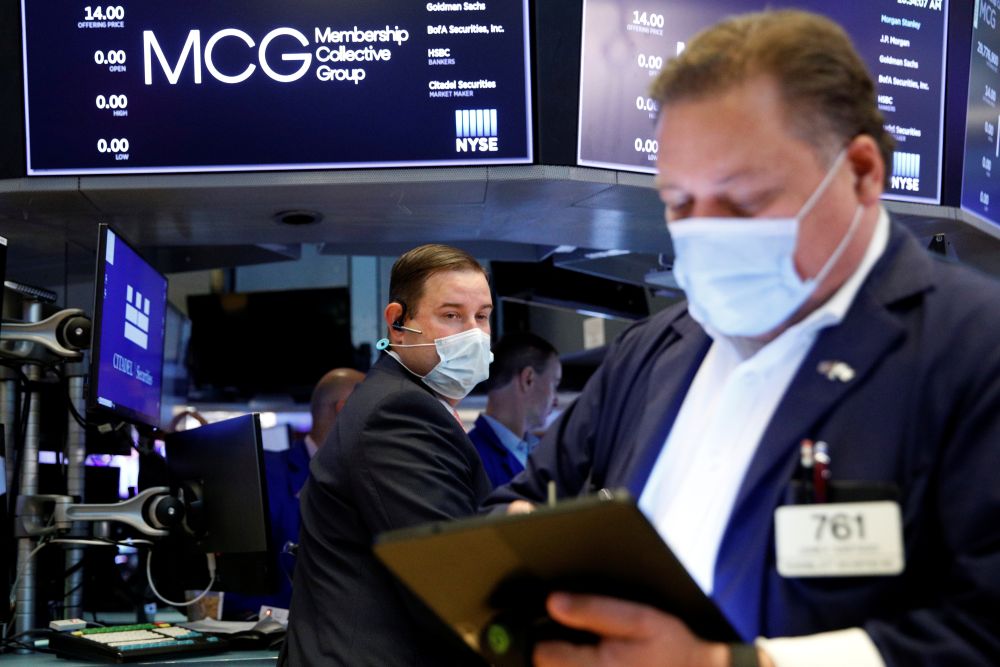NEW YORK, April 8 — US and European stocks moved in opposite directions on Thursday, with Wall Street shrugging off two losing sessions as investors reassess equity valuations in light of the Federal Reserve’s tougher stance on inflation.
The broad-based S&P 500 gained 0.4 per cent, but in Europe shares wilted as eurozone central bankers disagreed over the way forward.
London and Frankfurt ended the day down 0.5 per cent, while Paris shed 0.6 per cent.
Meanwhile, oil prices rebounded following heavy losses on Wednesday triggered by concerns about weaker demand because of slowing economies, with Brent crude edging back up above US$100 a barrel.
A surge of Covid cases in major consumer China has raised concerns about demand, as has the jump in prices following the Russian invasion of Ukraine and Western sanctions.
With central banks focused on taming high inflation, investors are preparing for rapid US interest rate hikes after a stream of recent comments from Fed officials and the minutes of last month’s policy meeting spelled out an aggressive posture.
Some stocks “might be seen as being a little oversold,” said Art Hogan, chief strategist at National Securities, who noted that investors now have fewer questions about Federal Reserve intentions.
“Having a roadmap of future monetary policy took away some of the shock factor,” Hogan said.
The Fed has signaled it could raise the benchmark lending rate by a half per centage point in early May, after the quarter point increase last month, and begin to wind down its massive bond holdings.
Inflation fight
At their own meeting last month, European Central Bank policymakers disagreed on how to respond to rising inflation and economic uncertainty caused by Russia’s invasion of Ukraine, minutes indicated Thursday.
“A large number of members held the view that the current high level of inflation and its persistence called for immediate further steps towards monetary policy normalisation,” the minutes read.
The ECB’s governing council played it safe at the March meeting, agreeing to wind down monthly bond purchases at an accelerated pace in the second quarter, while keeping the end date of the stimulus scheme flexible.
An interest rate hike would follow “some time” after the end of the bond-buying scheme, it said.
But the minutes revealed that some governors wanted to go further to combat inflation, as the war in Ukraine pushes up prices further for energy, food and raw materials.
The prospect of a quicker pace of interest rates increases over the coming months has added to a wave of uncertainty across trading floors.
Central banks across the world are under fierce pressure to tackle high inflation, which has soared further on a Ukraine-driven spike in commodities like gas, oil and wheat.
March brought the first Fed hike since it slashed US rates to zero when the Covid-19 pandemic broke out two years ago, and officials say more are on the way.
Although current US data points to a healthy economy, there are rising fears the Fed’s efforts might cause a recession.
Dana Peterson, chief economist at The Conference Board, said policymakers will carefully calibrate their moves.
“The Fed really does want to affect the soft landing and will do everything in its power not to ‘go too far,’“ she told AFP. — AFP






















